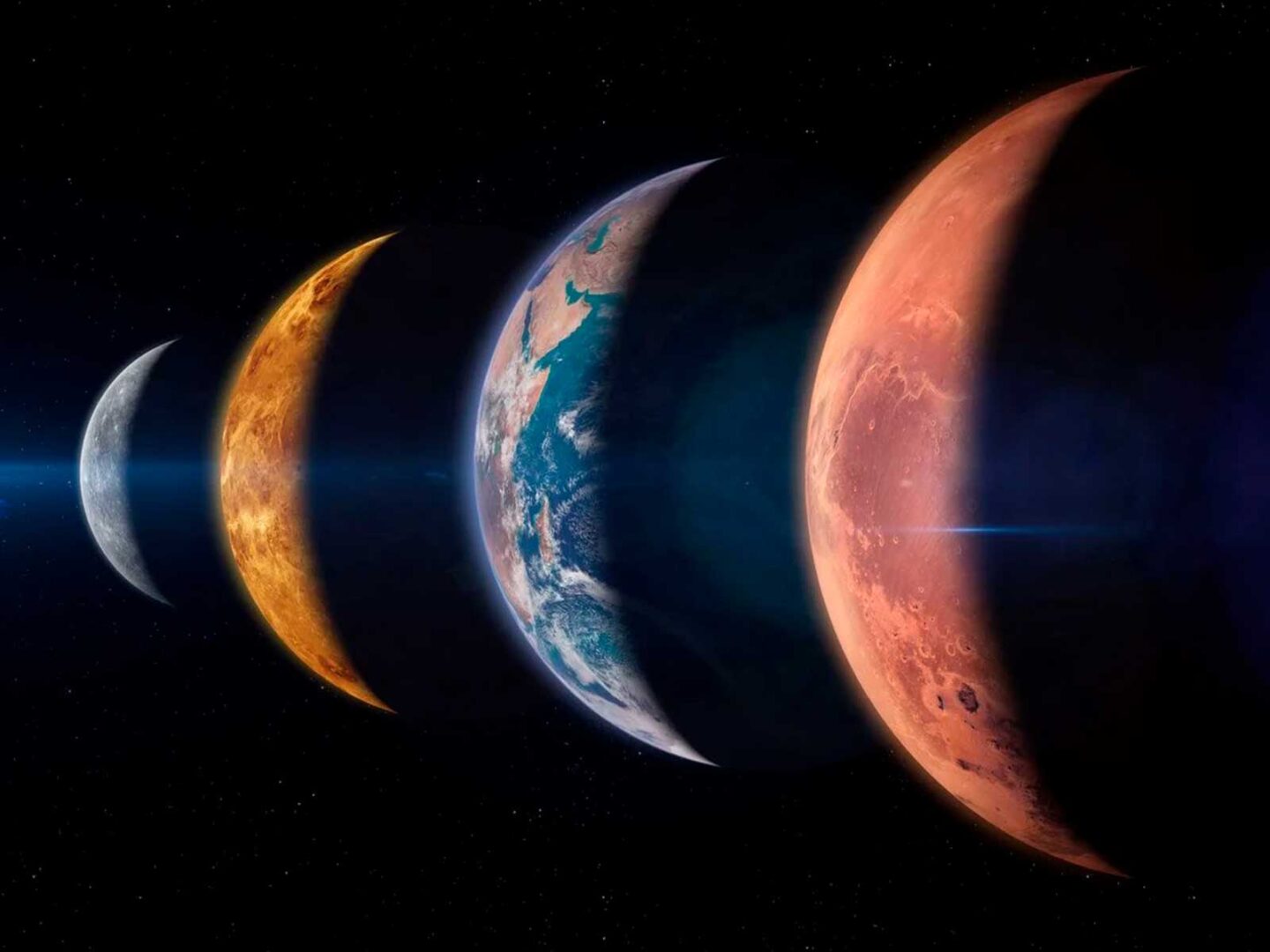In the infinity of the cosmos, planetary alignments are relatively frequent events, but they are not always as striking as the upcoming one. This phenomenon, which will take place on 28 February 2025, will be one of those rare moments: a visual alignment of seven planets that, from a terrestrial perspective, will offer one of the most impressive sights that can be seen with the naked eye. An astronomical event so unique that it will not be repeated until the year 2492.
A cosmic phenomenon that defies perception
Although the motions of the planets in their elliptical orbits around the Sun are predictable, this alignment is not simply a matter of astronomical mechanics. What is truly fascinating here is how this cosmic dance will be projected onto Earth’s night sky. This phenomenon will involve seven planets: Mercury, Venus, Mars, Jupiter, Uranus, Neptune and Saturn. While some of these stars can be seen with the naked eye, others, such as Uranus and Neptune, require telescopes to appreciate them in all their splendour. The most elusive planet of all will be Saturn, whose position close to the Sun makes it more difficult to observe.
When and how to see it?
The alignment will be visible from every corner of the planet, but the best places to see it will be in the northern hemisphere and near the equator, where the view of the sky will be clearest. For a perfect experience, getting away from light pollution and having clear skies is essential. The ideal time to observe the phenomenon will be just after sunset, facing west. From there, you can follow the path of the planets as they emerge into the sky.
Mars, with its characteristic reddish hue, will appear near the southern horizon in the constellation Gemini. Jupiter, the second brightest planet, will come into view in the constellation Taurus, while Uranus will shine a little further out in Aries. Venus, the brightest of all, will dominate the western part of the sky, with Neptune just above it, although its light will be faint. Mercury will make a brief appearance near the horizon, and Saturn, the most difficult to see, will be close to the Sun.
Upcoming alignments
NASA has already revealed the following dates of planetary alignments, although none of them will be as impressive as the one in 2025:
Late August 2025: 4 planets visible before sunrise.
End of October 2028: 5 planets visible before sunrise.
End of February 2034: 5 planets visible after sunset.
So, while this alignment is a unique opportunity, it will not be the last time the sky gives us a reminder of our connection to the cosmos. But for those who are able to witness this event in 2025, they are offered an opportunity to behold the beauty of the universe in its purest form, where science, nature and human wonder meet at a sublime meeting point.
Sigue toda la información de HIGHXTAR desde Facebook, Twitter o Instagram
